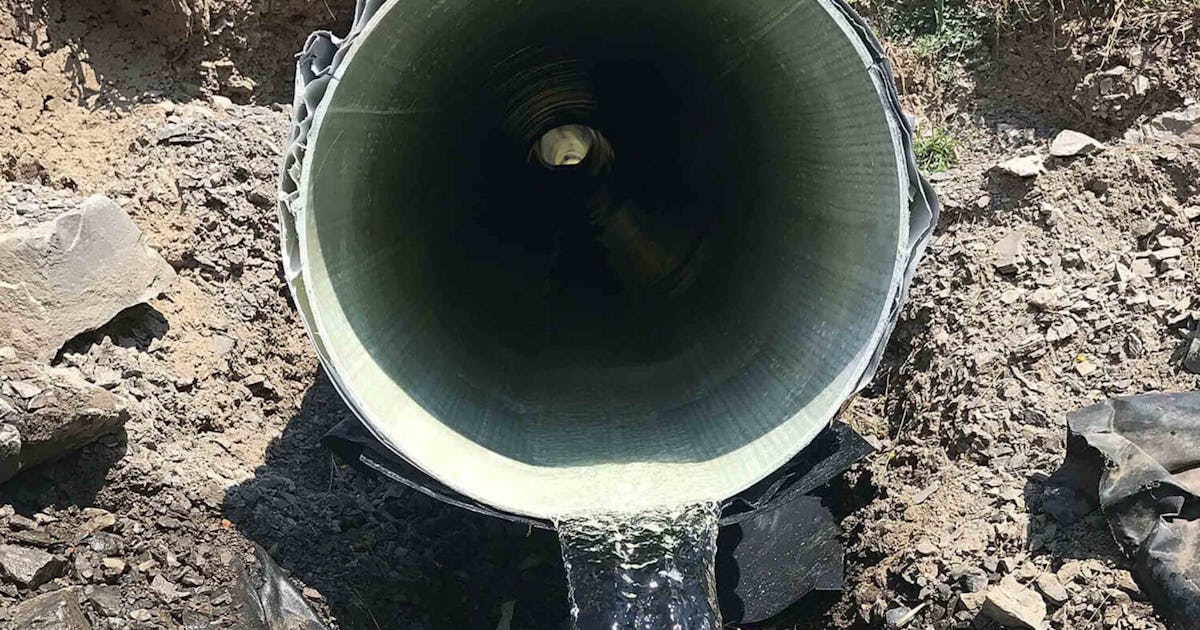Repairing America’s underground infrastructure reveals an unsettled scientific debateIN OCTOBER 2017, Brett Morrow, a 22-year-old rugby player...
Published on by Water Network Research, Official research team of The Water Network

IN OCTOBER 2017, Brett Morrow, a 22-year-old rugby player known as “String Bean” to his teammates, died while helping to install a plastic liner inside a Chicago-area sewer pipe. He had descended a 20-foot-deep manhole and then crawled 30 feet into the newly lined pipe, measuring 2 feet in diameter. At some point, the plastic liner crumpled and started to harden around him. A dangerous concentration of an ingredient in the liner, styrene, seeped out as gas and likely crippled him. Morrow drowned in liquid generated by the installation process, according to a medical examiner’s report. The drowning caused his death, but the styrene incapacitation was a “significant contributing factor,” the report stated. It took nearly four hours for firefighters to free his body.
Six months later, the Occupational Safety and Health Administration (OSHA) levied $77,604 in penalties against Benchmark Construction Company Inc.; the Bartlett, Illinois-based firm contracted for the pipe work. OSHA cited Benchmark for exposing employees to airborne concentrations of styrene gas exceeding federal industrial safety standards, failure to test the air in the manhole and pipe for water and dangerous gases, and more. Benchmark contested the OSHA finding and ultimately paid $55,000 to the agency and improved its safety operations, OSHA records show.
“People make mistakes, and these things happen,” said Benchmark President Mark Atkins, who only spoke with Undark, he adds, to help prevent future workplace tragedies. “There are safety guidelines in place, and all of them weren’t followed, and then you have an accident, an unfortunate accident.”
Atkins would not discuss the case in detail due to an ongoing civil lawsuit brought by Richard Morrow, Brett’s father. Matthew Belcher, Richard Morrow’s attorney, says the lawsuit isn’t for financial gain, and any proceeds would be devoted to increasing awareness of the hazards associated with these chemical exposures. “It remains the goal of the Morrow family,” Belcher said, “that no one else will have to bury their son because of a similar exposure.”
Benchmark is one small player in an industry that is virtually unknown to the public but has been fixing crumbling infrastructure in the United States for more than 40 years. The industry rehabilitates underground pipes — primarily for sewage and stormwater but increasingly for drinking water, too — using a technology called cured-in-place pipe, or CIPP. With this approach, which is one of the most popular pipe repair technologies in the country, new plastic pipes are chemically manufactured inside old damaged pipes. According to Stratview Research, a market research company, the global market for CIPP is set to reach $2.6 billion by 2023.
Attached link
https://www.inverse.com/mind-body/cured-in-place-underground-pipe-repair-raises-questionsTaxonomy
- Pipe Supplier
- Pipes Design
- Pipeline Rehabilitation
- Pipe Relining
- Pipes and Pipelines
- Pipes and Pipelines
- Pipe Products